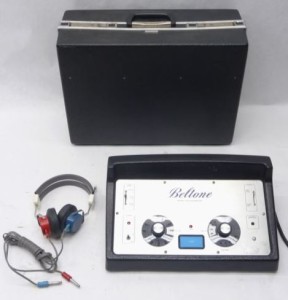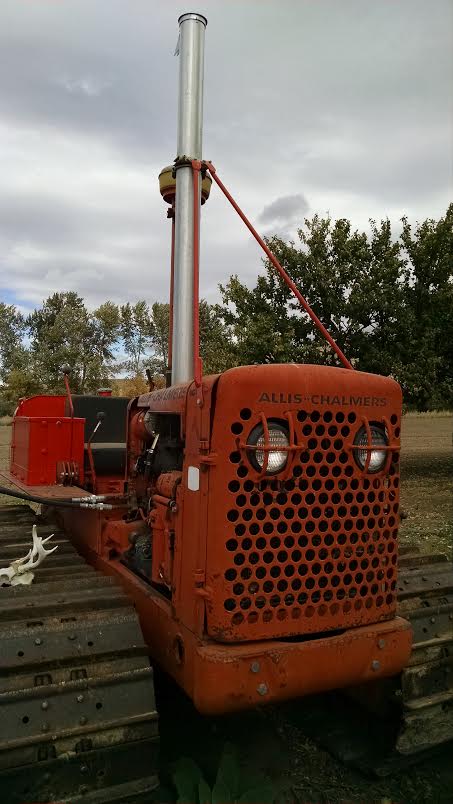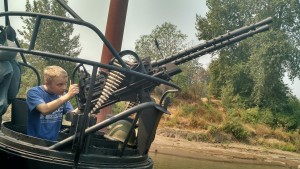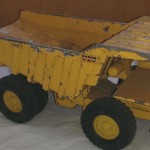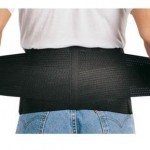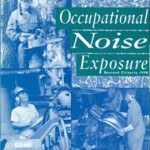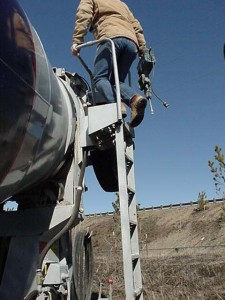Mon 21 Mar 2016
Audiometric (hearing test) Apps
Posted by admin under Admin Controls, Biological Monitoring, Hearing Conservation, Noise, Safety Programs, Training
Comments Off on Audiometric (hearing test) Apps
Sound Level Readings Apps
You’ve probably already seen the sound level apps available on various models of phones and devices. Overall, I’d say they are, “OK“. I would say they’re, “great“, but since I am in a technical field, they actually aren’t that accurate when you figure the amount of error. However, when I consider who might use these: people in the field, I actually think they are, “AWESOME“. It provides an excellent educational tool and a relative-guess as to the noise levels in field conditions. A reading of 95 dBA on your smartphone app, even if it is “inaccurate” isn’t going to be that far off from my certified and calibrated Class II sound level meter. In other words, it will get you close-enough information.
Audiometric Testing Apps
BUT, have you seen the new hearing audiometric testing apps?!  I’m not too sure about these yet. Check out safety awakenings review of these new apps. These are only available on i-devices (ipad, iphone), but their price is worth a look (free & $2.99). The major downside is that these are NOT OSHA approved, so I suppose you would use it as a screening device.  And, in some US states, you must go through specific training to be able to administer the test.
However, there is an “OSHA approved” (I’ve been told, verify yourself please) ipad self-administered audiometric test called, ShoeBox Audiometry, from Canada. They claim their earphones are Class II devices, but you must send these in yearly for recalibration. The portability of this device would be a huge benefit.
Remember to research these on your own before making a decision. Anyone plan on buying audiometric testing equipment for their employees? Or using them now? I’d love to hear your comments.
Old School Portable:
